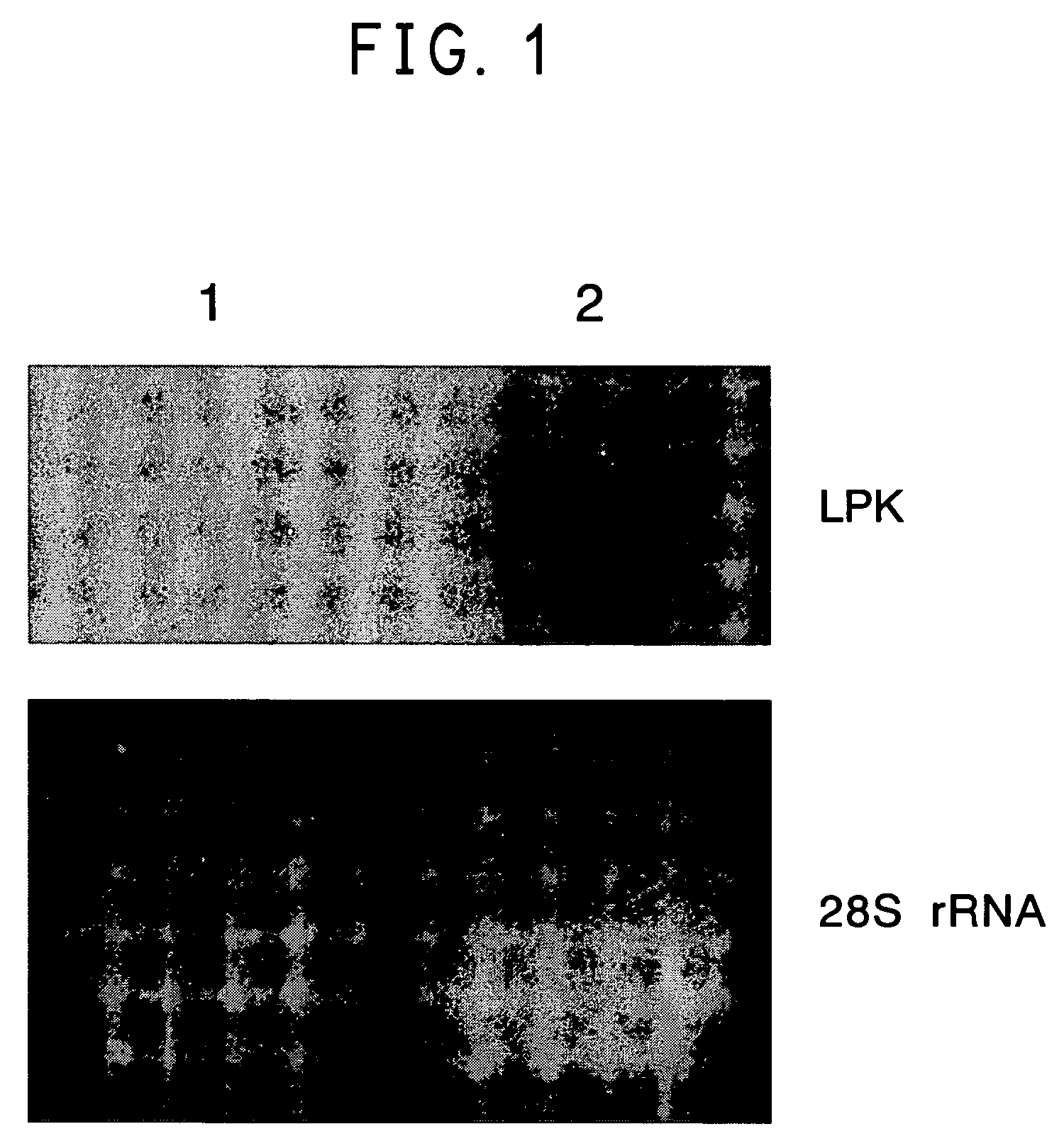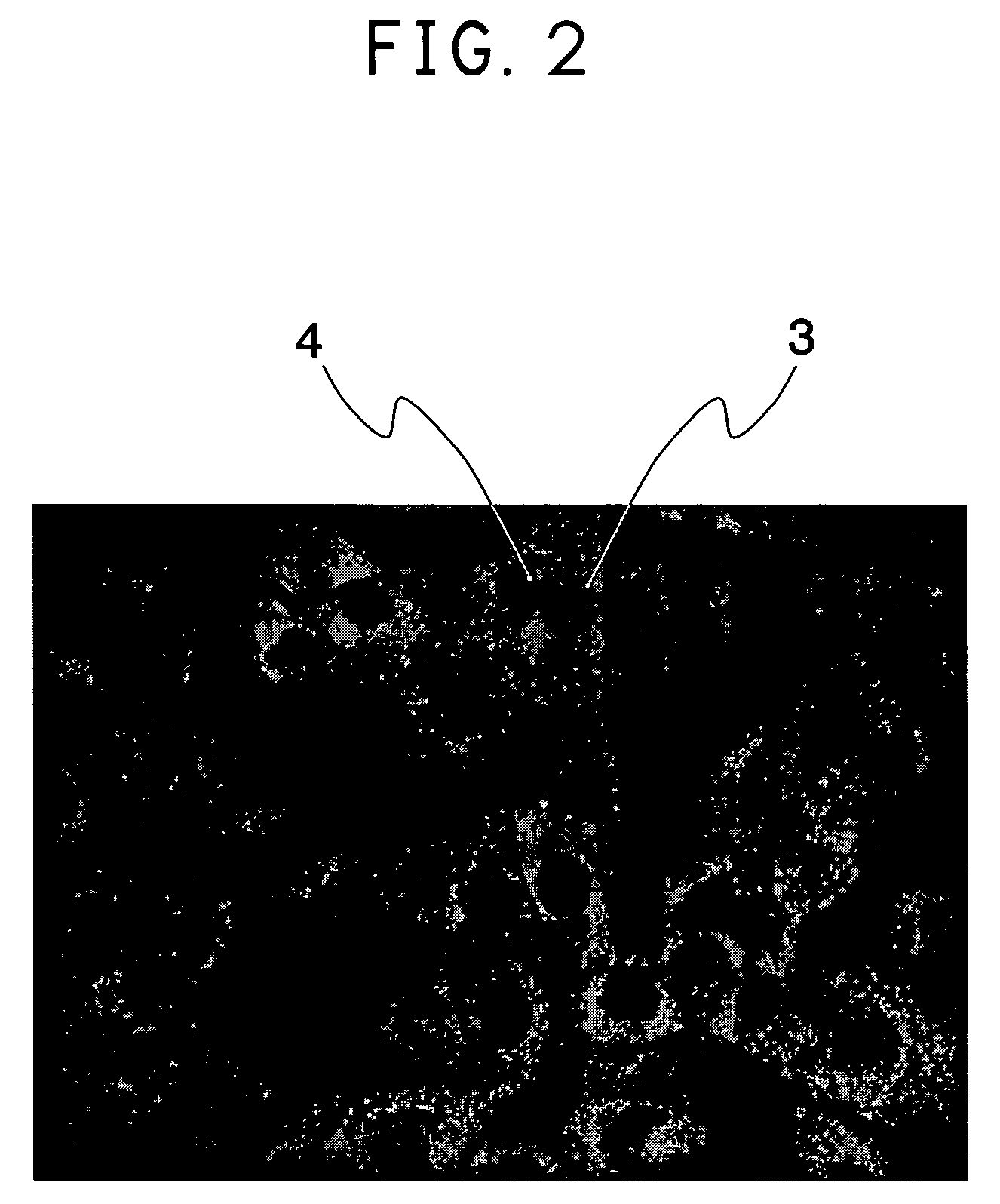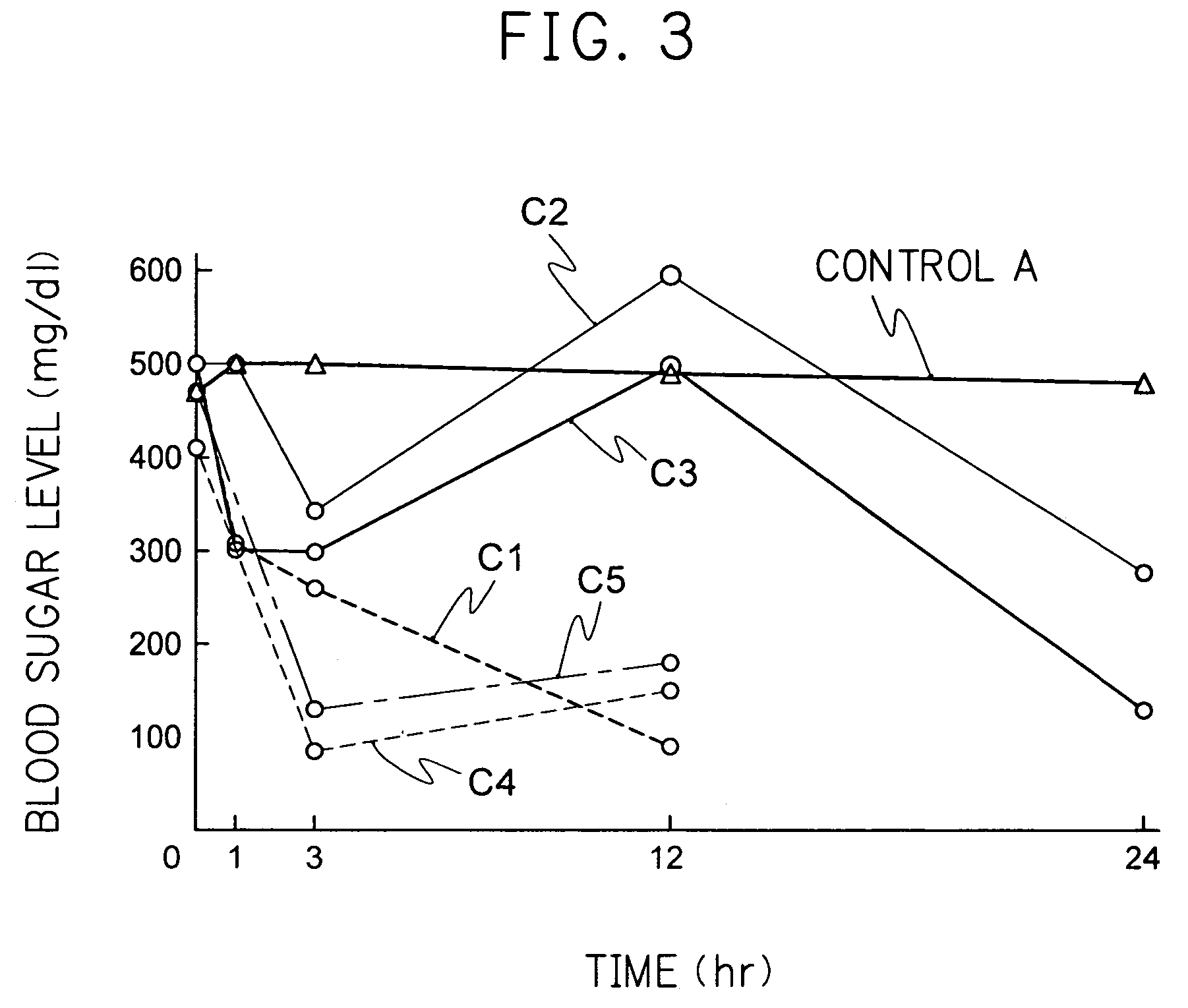Insulin-secreting immortalized liver cell line modified by glucose sensitivity
a liver cell line and insulin technology, applied in cell culture active agents, drug compositions, metabolic disorders, etc., can solve the problems of long-term complications, insulin shortage, and inability to perform pancreatic islet transplantation
- Summary
- Abstract
- Description
- Claims
- Application Information
AI Technical Summary
Benefits of technology
Problems solved by technology
Method used
Image
Examples
example 1
[0037]In accordance with Dr. Reth's thesis (Nucleic Acids Reserch, 1996, Vol 24, No.4), prepared is the expression vector of tamoxifen-induced Cre recombinase in which a nucleotide sequence encoding the amino acid residues 281-599 in murine estrogen receptor in which glycine at position 525 is replaced by arginine (MerG525R), 1050 bp of the cording sequence of Cre recombinase, and a nucleotide sequence encoding MerG525R are fused in this order.
[0038]Then, by excising the nucleotide sequence encoding tamoxifen-induced Cre recombinase from the above vector and inserting the resulting nucleotide sequence in the expression vector which comprised CAG promoter and puromycin (Pur) resistance gene, the expression vector (pCAG-Mer-Cre-Mer-Pur) which expressed tamoxifen-induced Cre recombinase in the regulation of CAG promoter was prepared, said CAG promoter comprising the enhancer of cytomegalovirus, the promoter of chicken β-actin and the poly A signal of rabbit β-globin. Because the pCAG-M...
PUM
 Login to View More
Login to View More Abstract
Description
Claims
Application Information
 Login to View More
Login to View More - R&D
- Intellectual Property
- Life Sciences
- Materials
- Tech Scout
- Unparalleled Data Quality
- Higher Quality Content
- 60% Fewer Hallucinations
Browse by: Latest US Patents, China's latest patents, Technical Efficacy Thesaurus, Application Domain, Technology Topic, Popular Technical Reports.
© 2025 PatSnap. All rights reserved.Legal|Privacy policy|Modern Slavery Act Transparency Statement|Sitemap|About US| Contact US: help@patsnap.com



